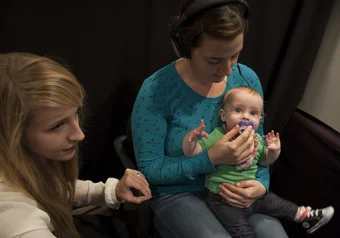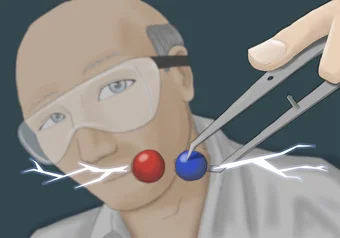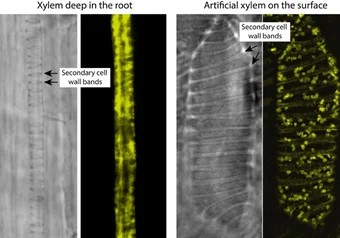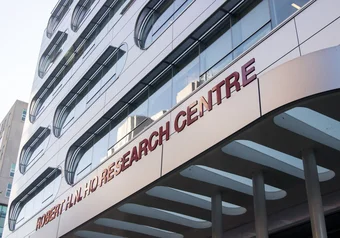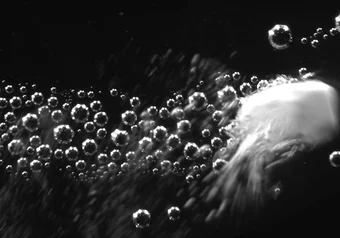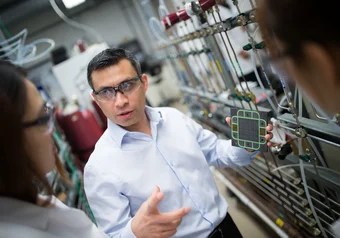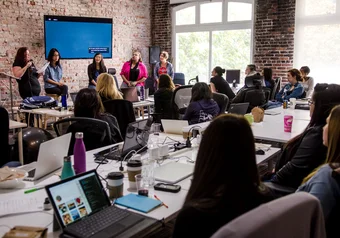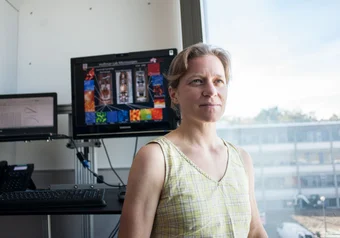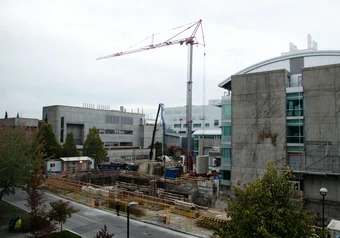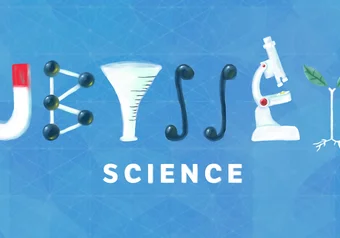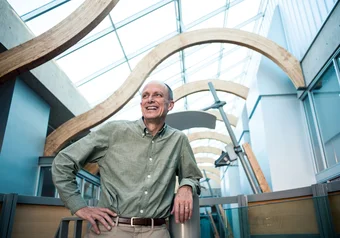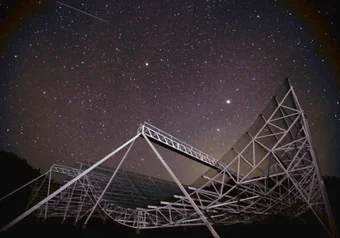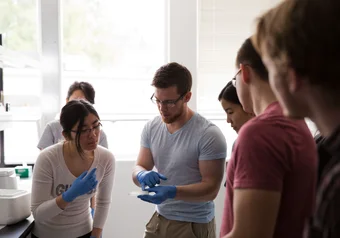In a recent study performed by the UBC Institute for Oceans and Fisheries, it was found that only four per cent of the world’s oceans are protected.
Search the Archive
- All
- News
- Culture
- Features
- Opinion
- Humour
- Science
- Sports
- Photo
- Guide
- Videos
- All magazines
- Magazine: Resolve
- Magazine: Seg Fault
- Magazine: Memory Leak
- Magazine: Redefine
- Magazine: System Failure
- Magazine: Ways Forward
- Magazine: Goes Around
- Magazine: Comes Around
- Magazine: Reclaim
- Magazine: Self
- All Spoofs
- Spoof: Mid Appétit
- Spoof: explain!
- Spoof: Girlbossmopolitan
- Spoof: NICE Magazine
- Spoof: The Main Maller
- Spoof: 2019 Spoof: Who?byssey
- Spoof: 2018 Spoof: Oh-No
- Spoof: 2017 Spoof: Breitbarf
Recent research conducted at the UBC School of Audiology and Speech Sciences shows that teething toys can affect a baby's auditory perception because the movement of a baby’s tongue plays a role in what sounds babies can distinguish between.
Cochrane’s current research involves examining the specific molecular interactions that happen in the interfaces of organic semiconductors through scanning tunnelling microscopy, a type of microscopy used to image surfaces of tiny structures. She said that, since scientists currently have limited knowledge in this particular area, her goal is to determine the how interfaces can yield the most effective results.
Researchers at the Samuels Lab at UBC have engineered “inside-out” plants which produce cellulose on their surface.
Chemotherapy is the current drug of choice to treat cancer. It kills cancer cells, while trying to do as little damage as possible to healthy cells. Now there might be a better way to fight cancer.
A UBC research team has successfully managed to create the first self-propelled powder to stop severe bleeding.
In a recent study published in the Nature, UBC researcher Michele Koppes and her team compared glaciers in northern Patagonia and in the western Antarctic Peninsula.
In the middle of campus there’s a small, unremarkable, concrete building with one locked glass door on its northwest corner labeled ‘Clean Energy Research Centre’. You’d never guess it’s home to one of Canada’s largest fuel-cell research groups, working internationally with major industry and science partners to bring fuel cell technologies to market.
“Don't underestimate yourself! And don't be afraid to take on leadership roles. In the words of Mindy Kaling, 'Work hard, know your shit, show your shit, and then feel entitled.'”
A superconductor is a material that transports electricity with no resistance. But superconductors must be cold (about -272ºC cold, for gallium) to be superconductors.
Although several groups have tried and failed to create the graphene superconductor based on this model, the researchers were able to achieve the feat in a high vacuum environment (an area without air) at an extremely low temperature of -268°C.
Ubyssey Science is here to share stories with everyone at UBC from science majors to the inner nerd every art student has.
The researchers then took poop from three-month olds, who they knew developed asthma, and transferred it into mice. Mice with the transferred kid poop went on to develop high levels of asthma, mice with poop spiked with FLVR did not develop asthma.
As explored in a newly published paper, UBC researchers speculate that using “radio bursts” with unknown origins, they could determine the distance of cosmological bodies and shed light on a whole host of previously unknown information.
This year, UBC’s iGEM team worked on creating a genetically modified Gilliamella apicola (a type of bacteria that lives in bees' intestines) that can help bees combat colony collapse disorder.



